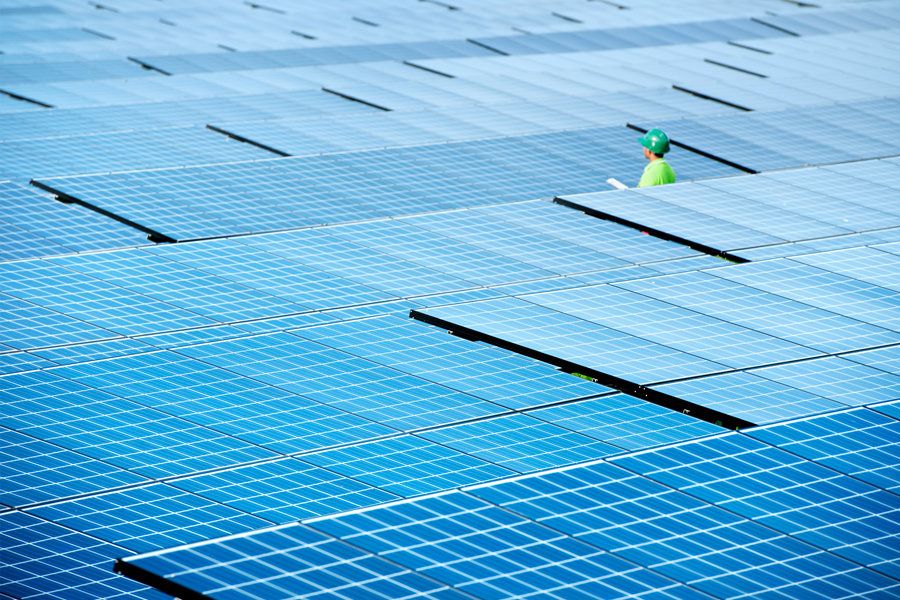Keeping Blood Pressure Down Can Help Lower Dementia Risk : Shots — Health News A new public health campaign says controlling high blood pressure is among the best ways to keep your brain sharp. The neurologist in charge aims to lead by example.




Monsignor Georges Lemaître was a Belgian Roman Catholic priest, physicist and astronomer. He is usually credited with the first definitive formulation of the idea of an expanding universe and what was to become known as the Big Bang theory of the origin of the universe, which Lemaître himself called his “hypothesis of the primeval atom” or the “Cosmic Egg”.
Georges Henri Joseph Édouard Lemaître was born on 17 July 1894 at Charleroi, Belgium. After a classical education at a Jesuit secondary school, the Collège du Sacré-Coeur in Charleroi, he began studying civil engineering at the Catholic University of Leuven (Louvain) at the age of 17. In 1914, he interrupted his studies to serve as an artillery officer in the Belgian army for the duration of World War I, at the end of which he received the Military Cross with palms.


A British caver who helped rescue 12 boys from a Thai cave said Monday he may take legal action against Elon Musk after the entrepreneur called him a “pedo.”
Tesla CEO Musk launched the extraordinary tirade against Vernon Unsworth without providing any justification or explanation, after the cave expert slammed his offer of a miniature submarine to extract the footballers from the Tham Luang cave as a ‘PR stunt.’ Current top breaking Philippine headlines regarding the nation, world, metro manila, regions and exclusive special investigative reports.

We may also process your information for legitimate reasons associated with your use or ownership of an Aston Martin car, for reasons concerning information or network security, to defend or pursue legal rights or to meet regulatory requirements. Any information processed for contacts based in the EU will not be transferred outside the EU.

Exciting new research from Yale University has revealed a new method that could potentially objectively diagnose if a person is suffering through the early stages of Alzheimer’s disease using a non-invasive PET scan.
A major roadblock slowing down effective Alzheimer’s research is our inability to easily, or clearly, diagnose the disease at its early stages. Several blood tests are being explored that can identify biomarkers signaling the early presence of the disease, but nothing has proved conclusive enough to move into general clinical use.
The new Yale University innovation uses PET imaging technology to evaluate cognitive decline by effectively measuring how much synaptic loss or degradation has occurred in a patient’s brain. To quantify a person’s “synaptic density” the researchers homed in on a protein called SV2A. This protein is found in nearly all healthy synapses, but as those connections degrade, so does the presence of SV2A.


The U.S. electric system is adapting to a new wave of distributed energy resources, such as solar panels and energy storage. Some of these work together in localized networks known as microgrids—nearly 2,000 are now operating or planned across the country, according to one estimate.
Prized for their flexibility, microgrids can run in an “island” mode or connect to the main grid. Although microgrids can potentially enhance reliability, the current electric system needs upgrading in order to synchronize with them properly.
Researchers at the U.S. Department of Energy’s (DOE) Argonne National Laboratory study the impact of microgrids and analyze ways to assimilate them smoothly within the larger electric system. Part of this work focuses on the distribution system—the last leg of electricity’s journey from energy source to outlet.

Researchers at the Center for Nanoscale BioPhotonics (CNBP) have developed a new targeted treatment for cancer. Chemotherapy drugs are wrapped in “nano-bubbles” called liposomes, which are then injected into the desired part of the body and made to release their payload on demand, by applying X-ray radiation.
Liposomes are regularly used to protect drugs and carry them to where in the body they’re needed. Over the years, we’ve seen them used to protect insulin doses from the harsh environment of the gut long enough for it to enter the bloodstream, disarm bacteria without using antibiotics, and escort cancer-killers to tumors.
“Liposomes are already well established as an extremely effective drug-delivery system,” says Wei Deng, lead author of the study. “Made out of similar material as cell membranes, these ‘bubbles’ are relatively simple to prepare, can be filled with appropriate medications and then injected into specific parts of the body. The issue however, is in controlling the timely release of the drug from the liposome.”